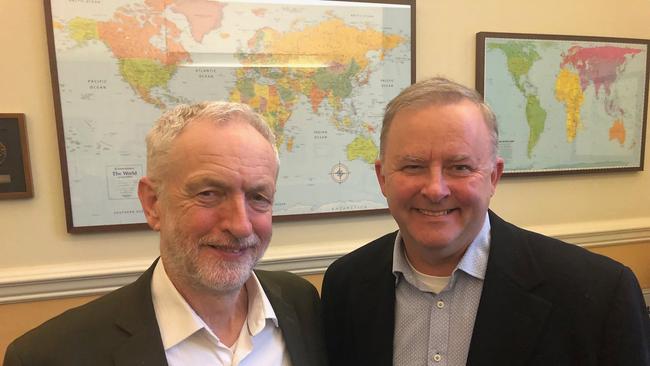
You could not make this stuff up. Albanese has copied, word for word, the same slogan used by Corbyn two years ago. What on earth is Labor thinking? It is as if this slogan, and the strategy behind it, is offered as a tribute to Corbyn’s defunct Labour from Albanese’ sister party Down Under.
At the heart of Corbyn’s strategy was class warfare. He asked voters whose side they were on, seeking to drive a wedge through the electorate. This is what “on your side” means. It assumes there are different sides, good versus bad, and voters must choose between them. It pits employees against employers, poor against rich, consumers against business.
How did it work out for Corbyn? He led Labour to its worst result since 1935. The party lost 60 seats and its primary vote fell to 32 per cent. Labour’s so-called red wall of heartland seats in the Midlands and Northern England collapsed, and seats were won by Conservatives. What side was Corbyn on? The losing side.
Australian Labor has never won an election pursuing the politics of envy. Dividing the electorate with class warfare is a losing strategy. Positioning Labor as anti-aspiration and anti-business with a big-taxing and big-spending agenda spells doom.
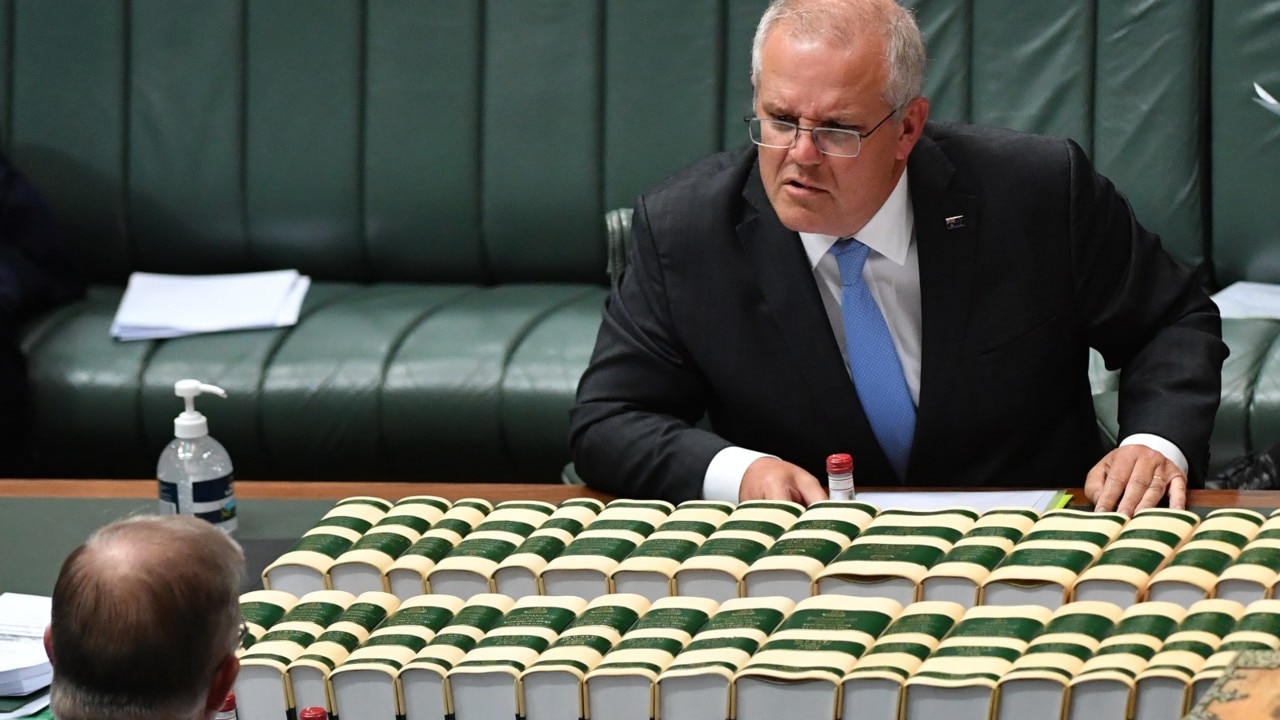
Labor has won elections only when it sought to unite the country with an uplifting message where everyone benefits.
Borrowing from Corbyn’s playbook is not a surprise. Labor’s national secretary, Paul Erickson, is a huge Corbyn fan. He has argued Corbyn’s approach could be “just as effective here” and his policies are “within the mainstream of postwar social democracy”. George Simon, NSW Labor’s assistant secretary, also thinks Corbyn is a model Labor should follow. Labor’s new industrial relations policy underscores the party’s shift leftward.
The parallels between Albanese and Corbyn have long been evident. Both are anti-establishment. Both have been outside the mainstream tradition in their parties and often on the wrong side of policy debates. Although there is some appeal for this “I fight Tories” class warrior approach within Labor, it is toxic in the broader electorate.
Albanese is one of the last of Labor’s faction men from the Cold War era. He was NSW Labor’s assistant secretary from 1989 to 1995 and leader of the Hard-Left sub-faction. His strident, winner-take-all, factionalism began in Young Labor and carried through to the broader party and then the national parliament. His enemy was not so much the Right faction but the Soft Left sub-faction.
Andrew Leigh, now a Labor frontbencher, wrote about Labor’s factions in a journal article published in 2000. Leigh wrote that Albanese’s supporters were also known as “Bolsheviks” and the “Socialist Left”. They had close links with the broader left, including the Communist Party of Australia and People for Nuclear Disarmament. It is no surprise that Albanese sees Corbyn as a comrade in arms.
In 1989, Albanese contested an internal Left faction ballot for the position of NSW Labor assistant secretary. He defeated Jan Burnswoods from the Soft Left by 50 votes to 43. It was the first time the Left had held a ballot for the position in the party head office since 1971. It was, Leigh noted, a “bitter contest”.
Albanese was opposed by Peter Crawford, a renegade Soft Left candidate, in the official ballot at Labor’s state conference. Crawford won 10 per cent of the Left vote. This underscored “the degree of discontent” within the Left at the time. Martin Ferguson (Soft Left) was elected vice-president but was not on speaking terms with Albanese. Albanese’s rise through Labor as a battle-hardened factional warrior was a long time ago. But the acrimony still lingers and shapes the dynamics of the party today.
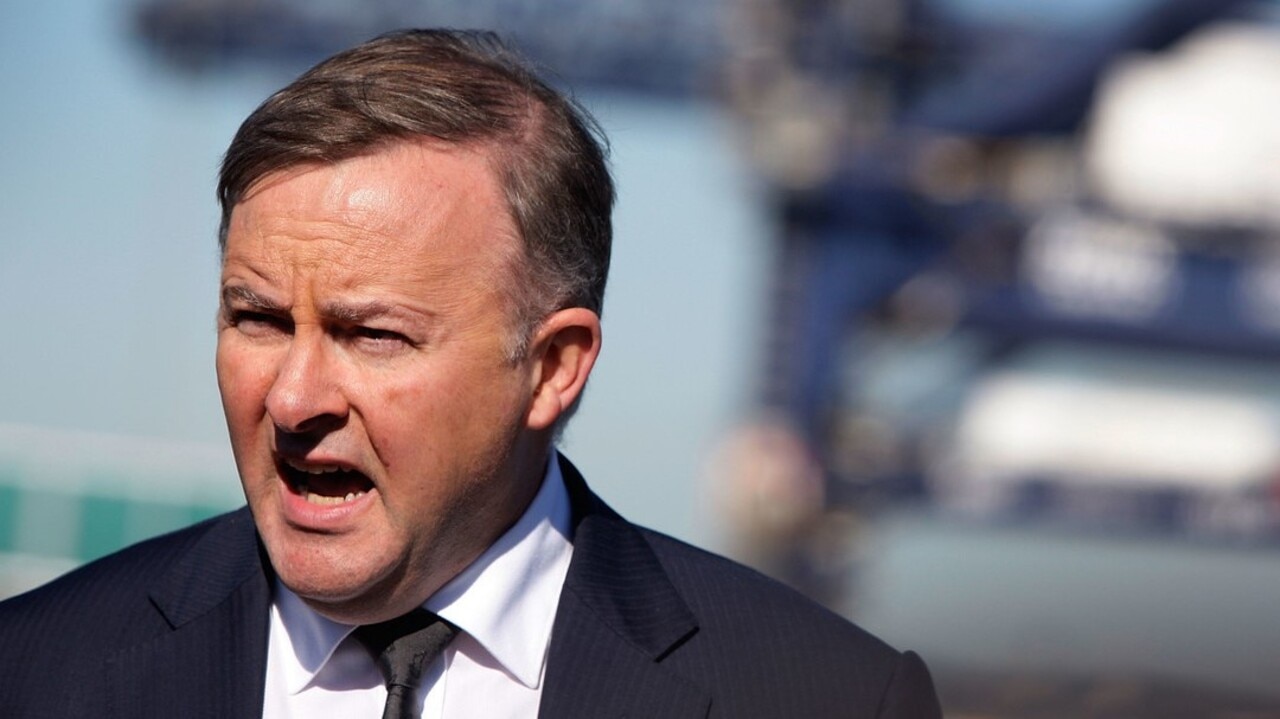
The latest Newspoll shows support for Albanese tumbling. His approval rating is minus 7. In other words, more people disapprove (45 per cent) than approve (38 per cent) of the job he is doing. Albanese has repeatedly said in interviews that his leadership is not a concern because his net approval rating is positive.
Well, not any more. In the head-to-head contest as preferred prime minister, Albanese (26 per cent) is trounced by Scott Morrison (61 per cent). While the two-party vote is 50:50, Labor’s primary vote of 37 per cent concerns party figures. Labor has never won a federal election with a vote that low. The upshot is obvious: Albanese is a drag on Labor’s vote.
This should be no surprise because Labor has never won a majority of seats at a federal election with a leader from the party’s Left faction, let alone a leader who has spent his life as a factional operator. Many say he is a modern-day Arthur Calwell. But Albanese is the antipodean Corbyn. The consequences of making him leader are now evident.
Moreover, Albanese’s Hard Left factional acolytes are now running Labor and formulating the party’s political and policy strategy. The Corbynistas have taken over. They run the party organisation, the political strategy and set the policy agenda.
Copying and pasting Corbyn’s campaign slogan is just the beginning. How will this work out? Just ask Corbyn.


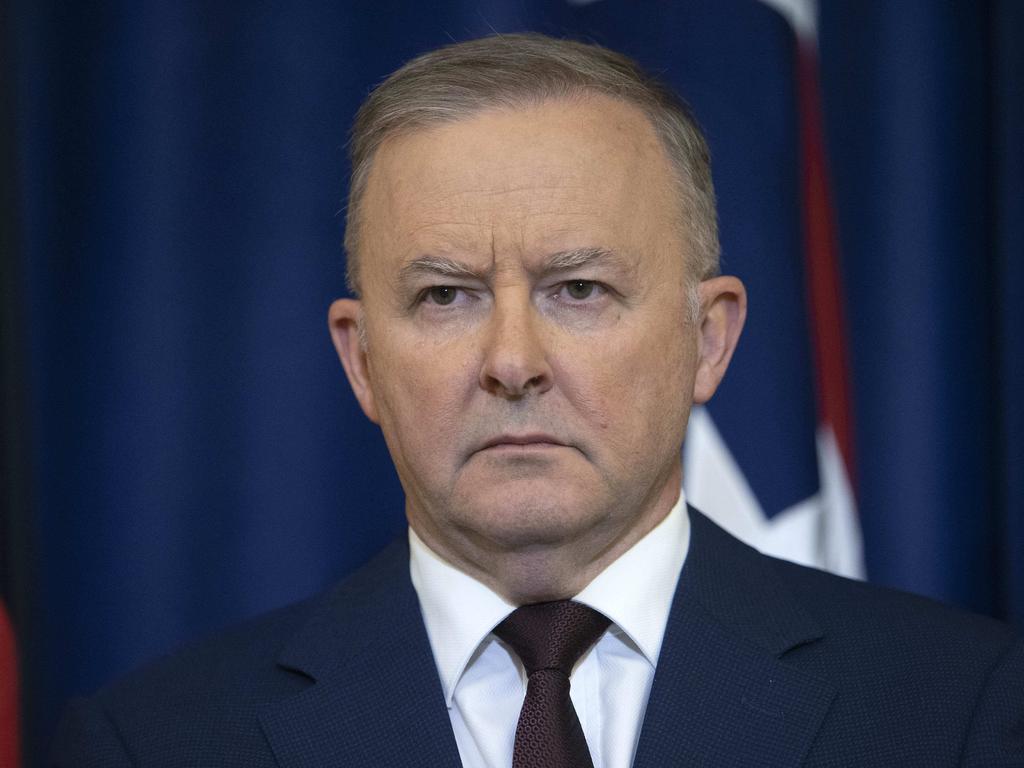
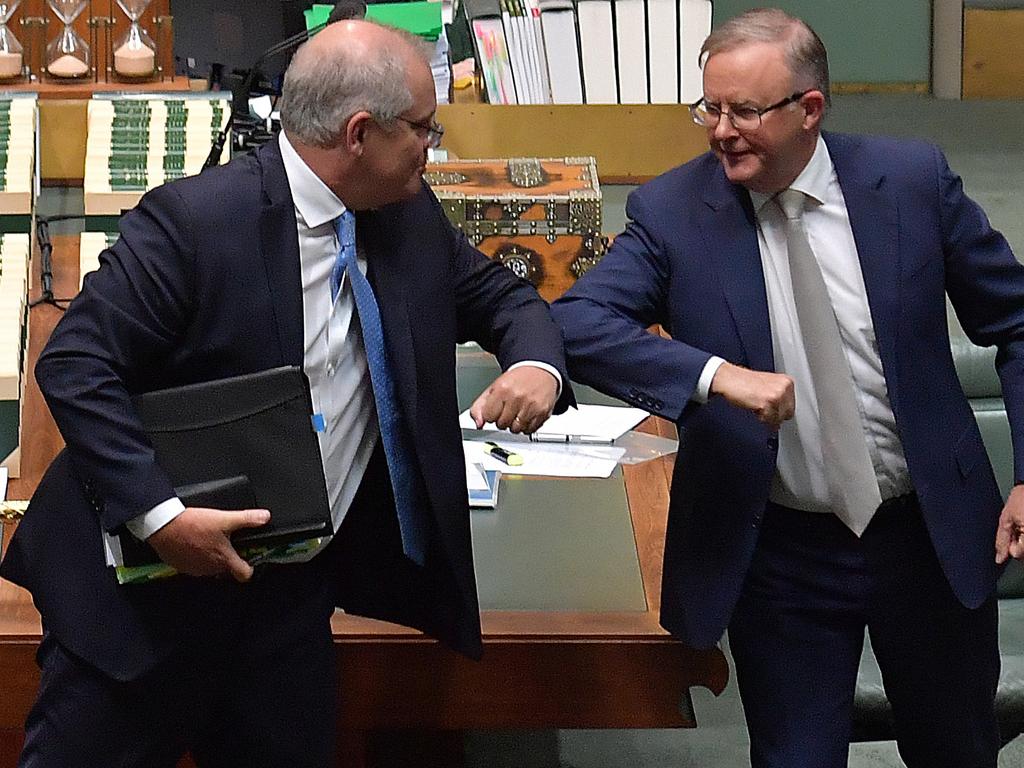
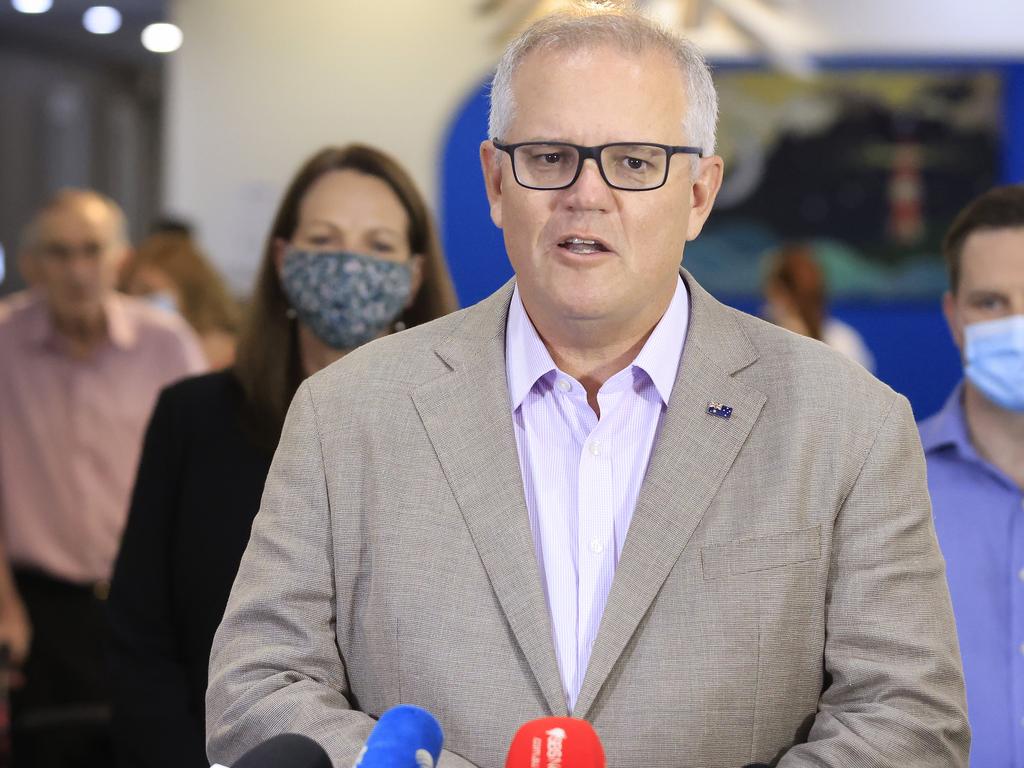



Jeremy Corbyn would be proud of Anthony Albanese. After several meetings and numerous selfies, the Australian Opposition Leader has adopted the same electoral strategy that the former British opposition leader pursued so disastrously. Corbyn’s central pitch to British voters in 2019 was Labour was “on your side”. Albanese’s central pitch to voters in 2021 is Labor is “on your side”.